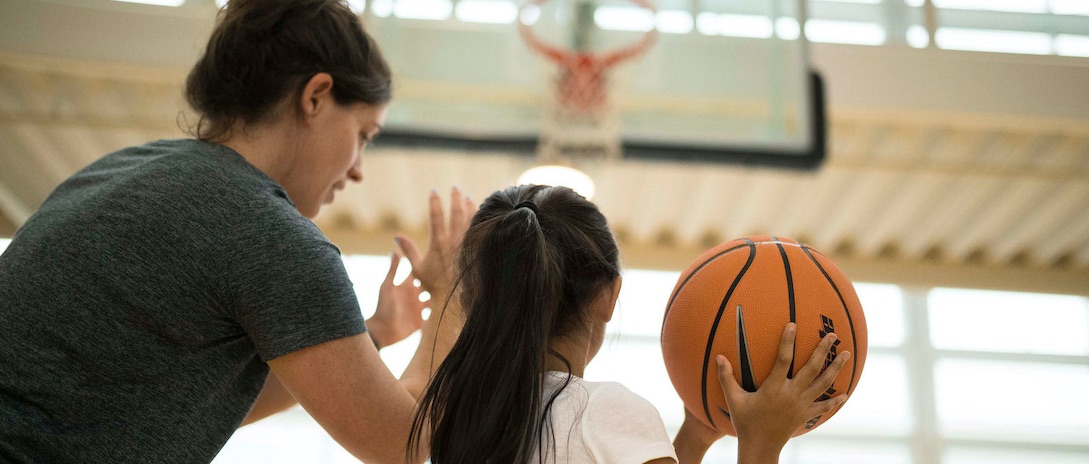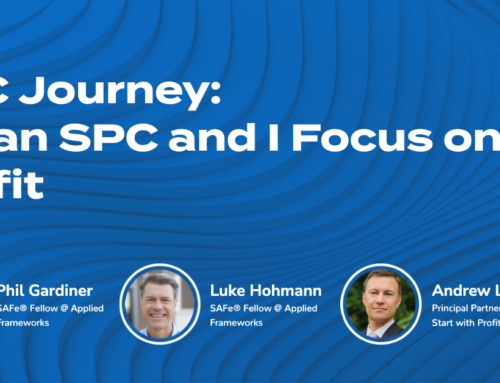Coaching is a distinct and powerful skill from the eight other essential skills of an Agile Coach (CSP-SM). Because coaching is an overloaded word in the English language, let me provide some guidance to describe what I mean when I am referring to coaching.
For me, a coach is a person who applies specific techniques to help an individual (the client) develop alternatives to the challenges before them in order to find the best solution for that person. However, there is one crucial assumption and few boundaries the coach establishes in their relationship with the client:
- The client already has everything they need to be successful within them. (assumption)
- The client drives the agenda with the coach, not the other way around. (boundary)
- The coach must have the explicit permission of the client to coach them. (boundary)
With these considerations in mind it becomes clearer that when I talk about coaching, I am not talking about giving your advice nor am I referring to mentoring. Both of those techniques can be useful at the right time, but they are clearly not coaching because they 1) do not allow the person to drive the agenda nor 2) the person receiving “the help” gives explicit permission to be helped.
So what happens in a coaching session? In a coaching session, the client will talk about a struggle or challenge they are experiencing and ask the coach for help to help resolve the situation. How the situation is resolved is up to the client. Once the basic facts of the scenario have been described, usually the coach will ask the client something like this, “What sort of help are you looking for in this scenario?”
Based upon that response, the coach and client will enter into a deeper conversation about the situation, the role of the client in the scenario and what are some possible ways to go forward. During the coaching dialogue the coach will use some specialized techniques to help direct the conversation. All the while, the coach is mindful of their key assumption – the client already has everything they need to be successful within them – and keeps the dialogue focused on helping the client discover their own answers. Depending on the details of the challenge, the conversation can last from ten to fifty minutes.
Like most skills, the more you practice the better you get. If you are interested in practicing your coaching skills on your own, this cheat sheet has twelve simple coaching techniques you can use.






